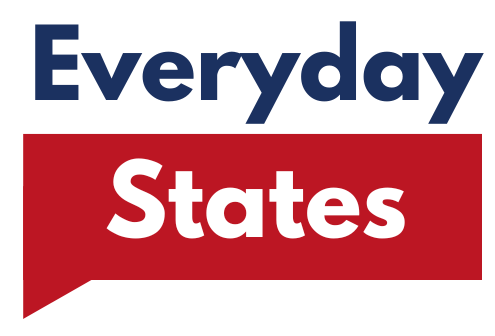Understanding the Minnesota Minimum Wage Landscape

Minnesota has been actively revising its minimum wage policies to address the economic challenges faced by low-income workers. As of 2023, the state has set a minimum wage of $10.33 per hour for large employers and $8.42 per hour for small employers. These figures are slated to increase annually, keeping pace with inflation and the cost of living. The goal is to ensure that workers can meet their basic needs without falling into poverty. This policy is part of a broader initiative to provide financial stability and enhance the quality of life for residents. It reflects a commitment to creating a fairer economic environment that supports both employees and employers.
Ripple Effects on Local Businesses

The impact of minimum wage increases on local businesses is a topic of much debate. Some business owners express concern that higher wages will lead to increased operational costs, forcing them to raise prices or reduce staff. However, there is another side to this coin. Higher wages can result in more motivated workers, leading to increased productivity and lower turnover rates. This can ultimately benefit businesses by reducing the costs associated with training new employees and improving customer satisfaction. It’s a delicate balancing act, as businesses strive to maintain profitability while adapting to the new wage structures.
Employment Rates: Stability Amidst Change

The relationship between wage increases and employment rates is not as straightforward as it might appear. While there are fears that raising wages could lead to job losses, evidence from Minnesota suggests otherwise. Employment rates have remained relatively stable, even as wages have increased. This stability can be attributed to the increased consumer spending that comes with higher wages, which in turn creates new job opportunities. The data suggests that the fears of widespread job losses may be overstated, as the local economy adapts to the new wage norms.
Improving Quality of Life for Low-Income Workers

For many workers, the minimum wage increase represents a lifeline. It provides them with more disposable income, which can improve their access to essential services such as healthcare, education, and housing. This, in turn, can lead to a healthier, more educated workforce that contributes positively to the local economy. The increased purchasing power of these workers can also stimulate demand for goods and services, creating a ripple effect that benefits the entire community. The wage increase is more than just a policy change; it’s a step towards a more equitable society.
Boosting Consumer Spending and Economic Growth

As wages rise, so does consumer spending. This is a crucial driver of economic growth, as increased demand for goods and services can lead to business expansion and job creation. Local businesses benefit from the increased spending power of residents, which can lead to higher sales and profits. This positive feedback loop can contribute to a more robust and resilient economy. It’s a testament to the idea that investing in workers can yield dividends for the broader community, fostering a more vibrant and dynamic economic landscape.
Challenges and Adaptations for Employers

While the benefits of wage increases are clear, employers face significant challenges in adapting to the new norms. Many small businesses operate on thin margins and may struggle to absorb the additional costs. Some may need to explore new strategies, such as optimizing operations or investing in technology to maintain profitability. Others might consider reducing employee hours or limiting new hires to manage costs. These challenges highlight the need for flexible solutions and innovative thinking as businesses navigate the evolving economic landscape.
Exploring the Long-Term Economic Impacts

The long-term effects of minimum wage increases are still being studied, as economists seek to understand the broader implications for economic stability. While immediate benefits are evident, questions remain about the sustainability of these changes. Ongoing research is vital to assess the impact on business growth, employment rates, and overall economic health. Policymakers must consider these findings as they refine wage policies, ensuring that the benefits are maximized while minimizing any potential drawbacks.
Policy Implications and Future Directions

Minnesota’s approach to minimum wage increases offers valuable lessons for policymakers. It underscores the importance of balancing the needs of workers and employers, while also considering the broader economic context. Future policy decisions must be informed by comprehensive data and analysis, ensuring that wage increases continue to support economic growth and social equity. Collaboration between government, businesses, and communities is essential to create a sustainable and inclusive economic environment that benefits all Minnesotans.
Community Engagement and Support

Engaging with local communities is crucial in navigating the complexities of minimum wage increases. Open dialogue between stakeholders, including workers, employers, and policymakers, can lead to more effective solutions and policies. Community support initiatives, such as job training programs and financial literacy workshops, can help workers adapt to the changing economic landscape. By fostering a sense of collaboration and shared responsibility, Minnesota can build a more resilient and equitable economy.
The Path Forward for Minnesota

As Minnesota continues to adjust its minimum wage policies, it is essential to monitor the ongoing impacts on both workers and businesses. By focusing on evidence-based solutions and fostering an environment of collaboration, the state can create a more equitable economic landscape for all residents. The journey is ongoing, and the commitment to improving the lives of Minnesotans remains steadfast. The path forward requires careful consideration of the challenges and opportunities that lie ahead, ensuring a balanced and thriving economy for future generations.






